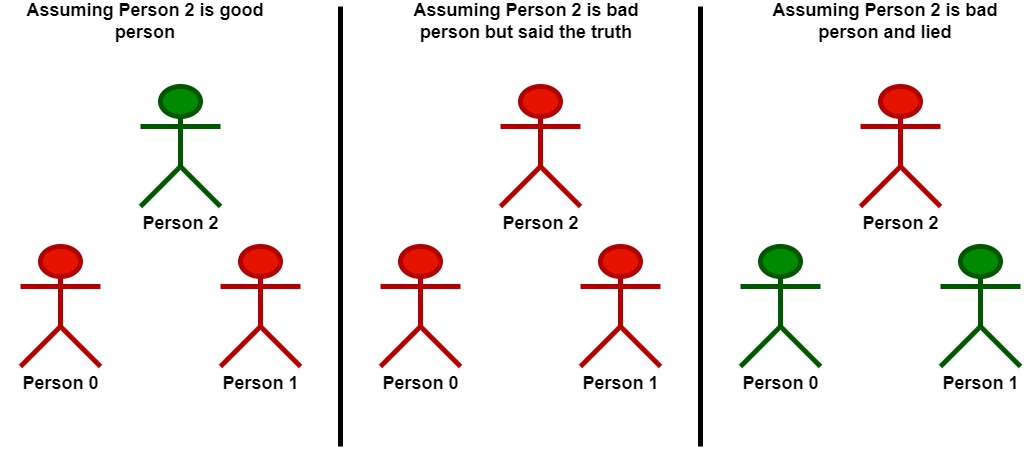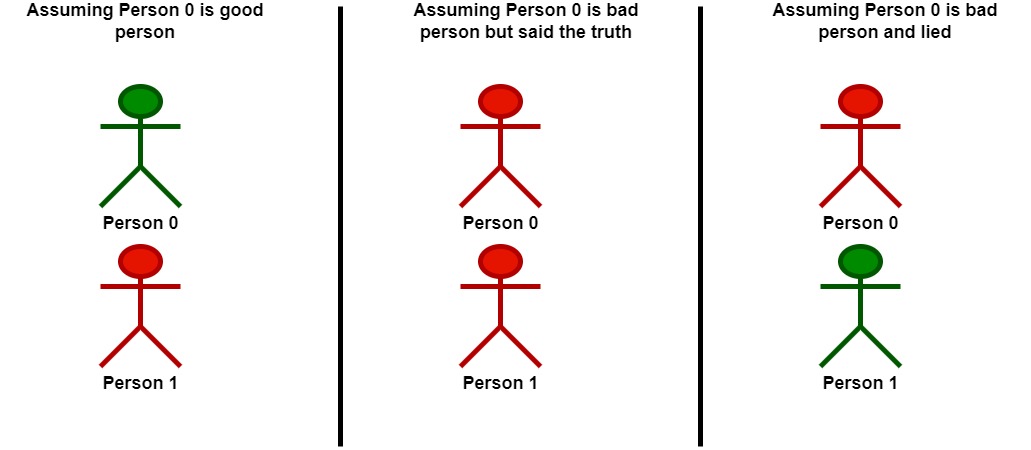You are given a 0-indexed binary array nums of length n. nums can be divided at index i (where 0 <= i <= n) into two arrays (possibly empty) numsleft and numsright:
numslefthas all the elements ofnumsbetween index0andi - 1(inclusive), whilenumsrighthas all the elements of nums between indexiandn - 1(inclusive).- If
i == 0,numsleftis empty, whilenumsrighthas all the elements ofnums. - If
i == n,numslefthas all the elements of nums, whilenumsrightis empty.
The division score of an index i is the sum of the number of 0‘s in numsleft and the number of 1‘s in numsright.
Return all distinct indices that have the highest possible division score. You may return the answer in any order.
Example 1:
Input: nums = [0,0,1,0] Output: [2,4] Explanation: Division at index - 0: numsleft is []. numsright is [0,0,1,0]. The score is 0 + 1 = 1. - 1: numsleft is [0]. numsright is [0,1,0]. The score is 1 + 1 = 2. - 2: numsleft is [0,0]. numsright is [1,0]. The score is 2 + 1 = 3. - 3: numsleft is [0,0,1]. numsright is [0]. The score is 2 + 0 = 2. - 4: numsleft is [0,0,1,0]. numsright is []. The score is 3 + 0 = 3. Indices 2 and 4 both have the highest possible division score 3. Note the answer [4,2] would also be accepted.
Example 2:
Input: nums = [0,0,0] Output: [3] Explanation: Division at index - 0: numsleft is []. numsright is [0,0,0]. The score is 0 + 0 = 0. - 1: numsleft is [0]. numsright is [0,0]. The score is 1 + 0 = 1. - 2: numsleft is [0,0]. numsright is [0]. The score is 2 + 0 = 2. - 3: numsleft is [0,0,0]. numsright is []. The score is 3 + 0 = 3. Only index 3 has the highest possible division score 3.
Example 3:
Input: nums = [1,1] Output: [0] Explanation: Division at index - 0: numsleft is []. numsright is [1,1]. The score is 0 + 2 = 2. - 1: numsleft is [1]. numsright is [1]. The score is 0 + 1 = 1. - 2: numsleft is [1,1]. numsright is []. The score is 0 + 0 = 0. Only index 0 has the highest possible division score 2.
Constraints:
n == nums.length1 <= n <= 105nums[i]is either0or1.
Solution: Precompute + Prefix Sum
Count how many ones in the array, track the prefix sum to compute score for each index in O(1).
Time complexity: O(n)
Space complexity: O(n)
C++
|
1 2 3 4 5 6 7 8 9 10 11 12 13 14 15 16 17 18 |
// Author: Huahua class Solution { public: vector<int> maxScoreIndices(vector<int>& nums) { const int n = nums.size(); const int t = accumulate(begin(nums), end(nums), 0); vector<int> ans; for (int i = 0, p = 0, b = 0; i <= n; ++i) { const int s = (i - p) + (t - p); if (s > b) { b = s; ans.clear(); } if (s == b) ans.push_back(i); if (i != n) p += nums[i]; } return ans; } }; |

